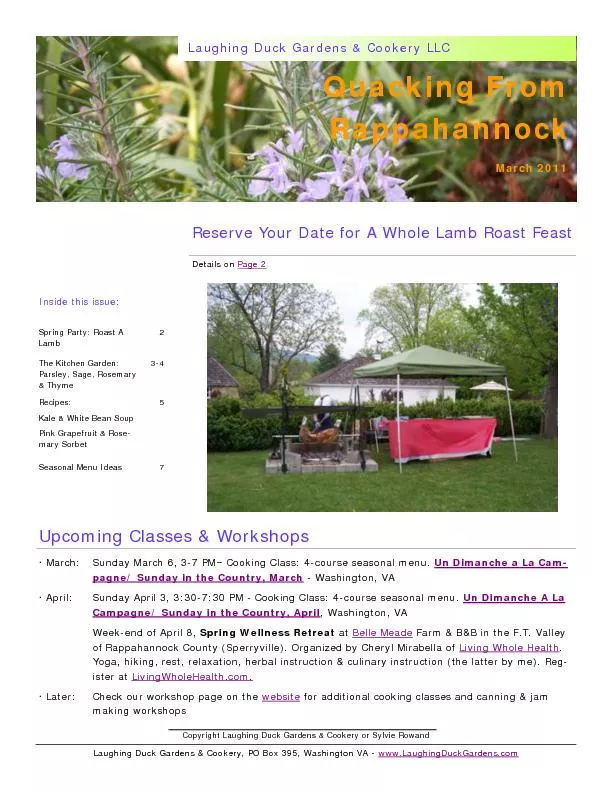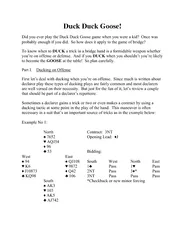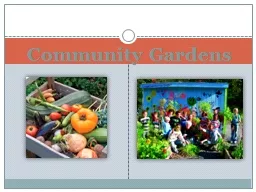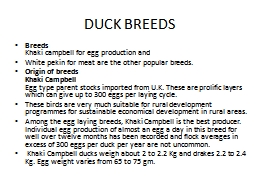PDF-Laughing Duck Gardens & Cookery, PO Box 395, Washington VA
Author : liane-varnes | Published Date : 2016-07-16
wwwLaughingDuckGardenscom Copyright Laughing Duck Gardens Cookery or Sylvie Rowand Quacking From Rappahannock Reserve Your Date for A Whole Lamb Roast Feast Laughing
Presentation Embed Code
Download Presentation
Download Presentation The PPT/PDF document "Laughing Duck Gardens & Cookery, PO Box ..." is the property of its rightful owner. Permission is granted to download and print the materials on this website for personal, non-commercial use only, and to display it on your personal computer provided you do not modify the materials and that you retain all copyright notices contained in the materials. By downloading content from our website, you accept the terms of this agreement.
Laughing Duck Gardens & Cookery, PO Box 395, Washington VA: Transcript
Download Rules Of Document
"Laughing Duck Gardens & Cookery, PO Box 395, Washington VA"The content belongs to its owner. You may download and print it for personal use, without modification, and keep all copyright notices. By downloading, you agree to these terms.
Related Documents














